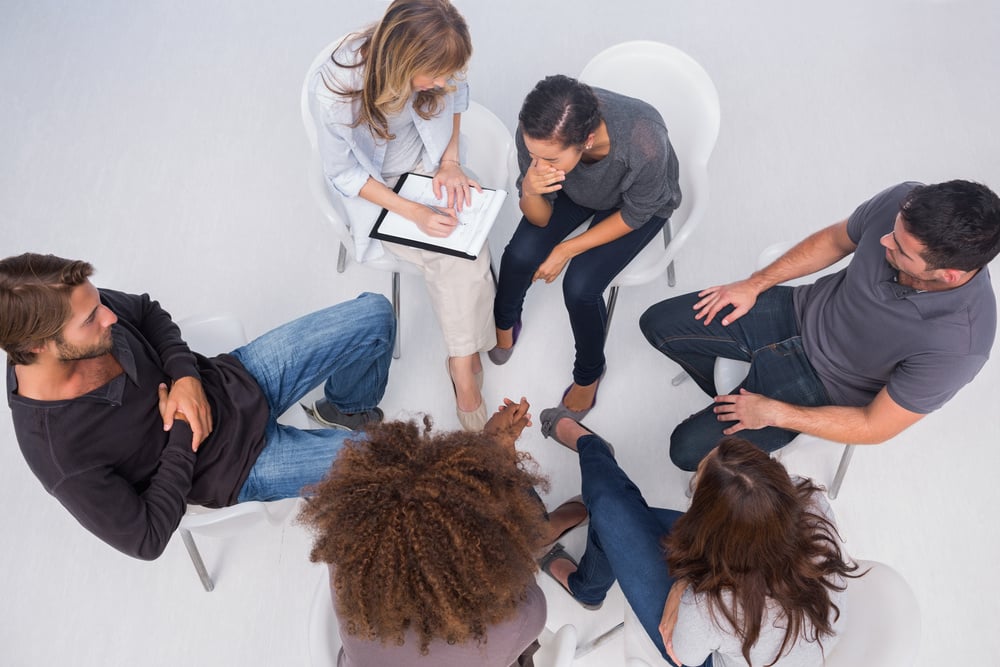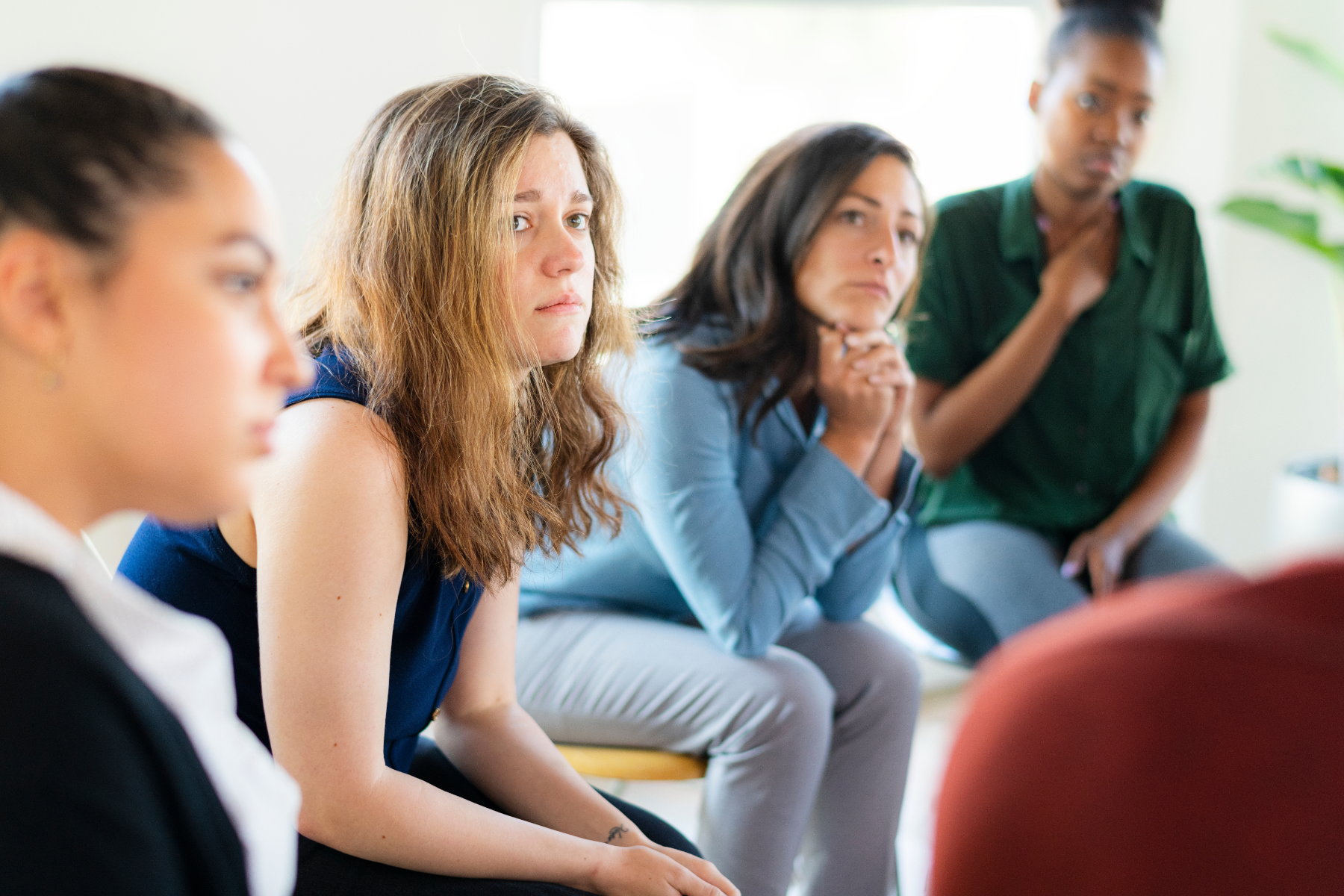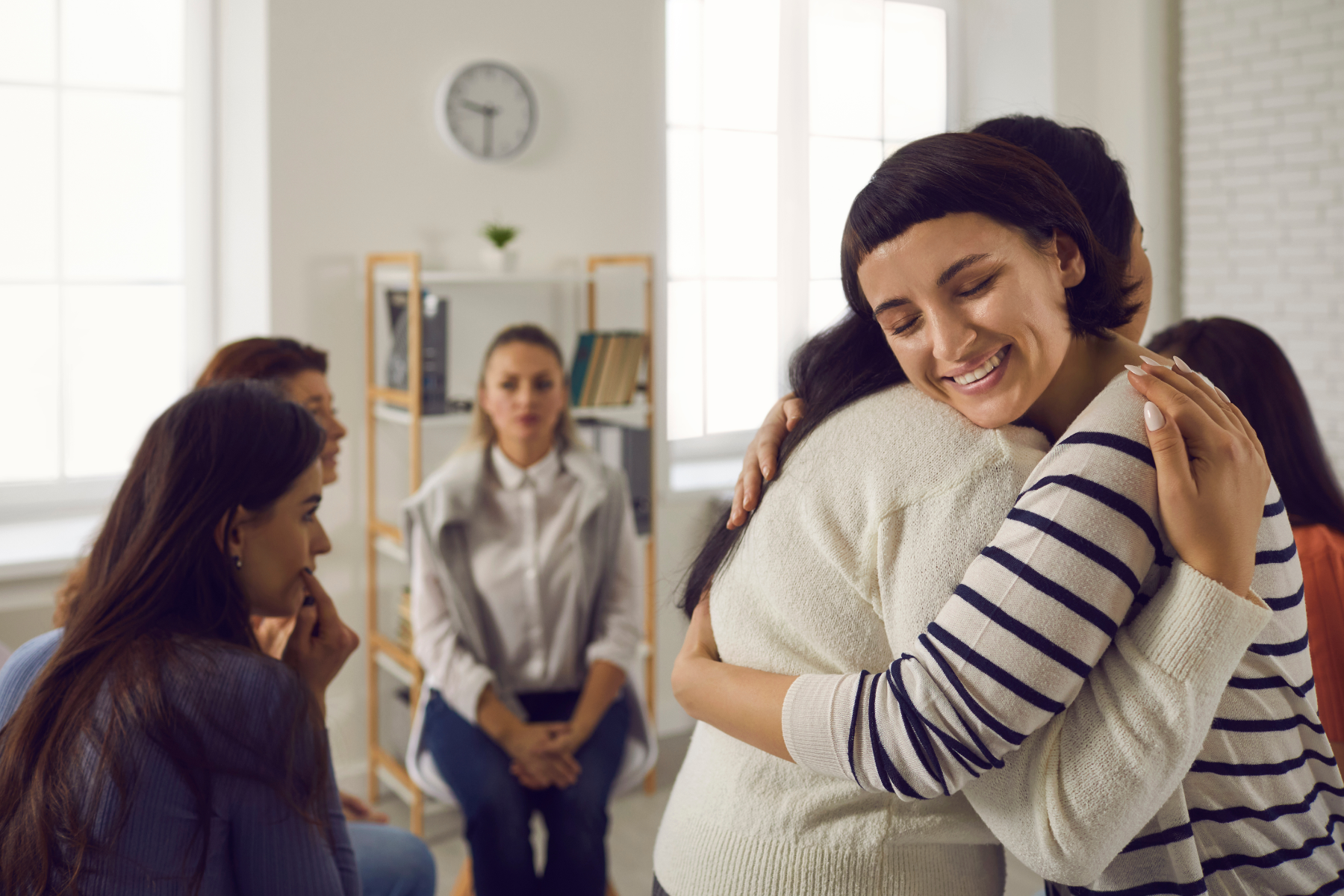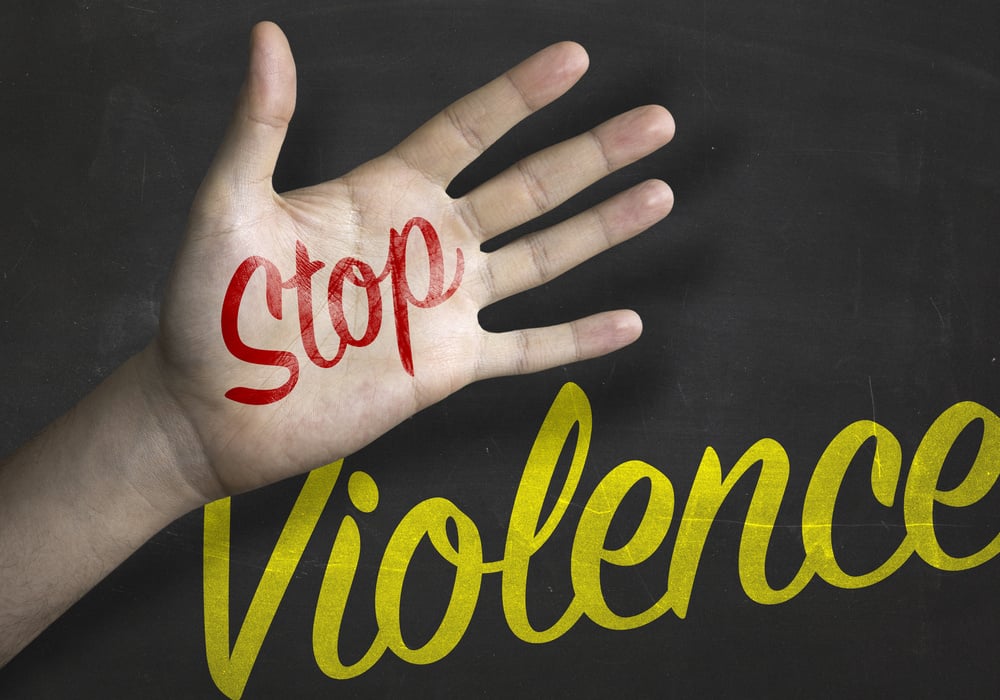
What is Domestic Violence?
A pattern of behavior used to establish power and control over another person with whom an intimate relationship is or has been shared, through fear and intimidation, often including the threat or use of violence. Domestic violence happens when one person believes that they are entitled to control another, or a person believes that their partner is controlling them.

Abuser Tactics
Domestic violence (or abuse) is not just physical violence. Unfortunately, many people see it this way and minimize the negative effects that other types of abuse can have on a person. Verbal, emotional, and financial abuse can cause a person to feel scared, depressed, and/or trapped in a relationship. Even if physical abuse is not present, the threat of physical or sexual violence may be there. Below are some examples of tactics that abusers often use:

Using Harmful Language
Name calling • playing mind games • humiliation • telling lies about partner • making partner feel guilty

Using Intimidation
Making someone afraid by using looks, actions, or gestures • smashing, destroying, or stealing property • abusing pets or loved ones • displaying weapons

Isolation
Controlling what someone does or where she/he goes • deciding who someone sees, talks to, or what she/he wears • limiting outside involvement • isolating someone from their friends or family

Coercion and Threats
Making threats to use physical or sexual violence • threatening to leave, to commit suicide, or report someone to the police or immigration authorities • making someone do illegal things

Economic Abuse
Preventing a partner from getting or keeping a job • making them ask or beg for money • giving a partner an allowance • taking a partner’s money • not letting a partner know about or have access to family income
Minimizing, Denying, or Blaming
Minimizing the impact of abuse • not taking concerns about abuse seriously • saying the abuse didn’t happen • blaming abusive behavior on stress, alcohol, drugs, or jealousy • saying the victim caused the abuse

Using Privilege
Treating a partner like a servant • making all the big decisions • acting like the “master of the castle” • being the only one to define roles in the relationship

Using Children
Making a partner feel guilty about the children • using the children to relay messages and/or spy on the other parent • misusing visitation to harass the victim • threatening to take the children away

Using Technology
Sending unwanted text messages • breaking into someone’s social networking profile, email, or cell phone • monitoring their technology use • tracking their location via GPS

What Does Physical and Sexual Violence Look Like in an Abusive Relationship?
Hitting, scratching, shaking, strangling, pinching, pushing, biting, or grabbing • using one’s body size or strength against another person
Manipulating to get sex or other sexual activity • getting someone drunk or drugged to get sex • destroying or refusing to use birth control or STD protection during sex • making sexual comments, giving inappropriate looks, or telling sexual jokes • sexually touching, grabbing, rubbing, or pinching someone without consent
(Adapted from materials created by the Domestic Abuse Intervention Project and the National Center on Domestic and Sexual Violence)

Who Can Be Victimized?
Domestic violence affects people of all age, socioeconomic, racial, ethnic, and religious groups. Although most victims of reported domestic violence cases are women who are abused by men, there are reported cases of women who abuse their male intimate partners, women who abuse women, and men who abuse men. A person may be a victim even if she/he is not legally married to the abusive partner, is gay or lesbian, is separated or divorced, or is abused by someone else in the household, such as a parent or a child.


